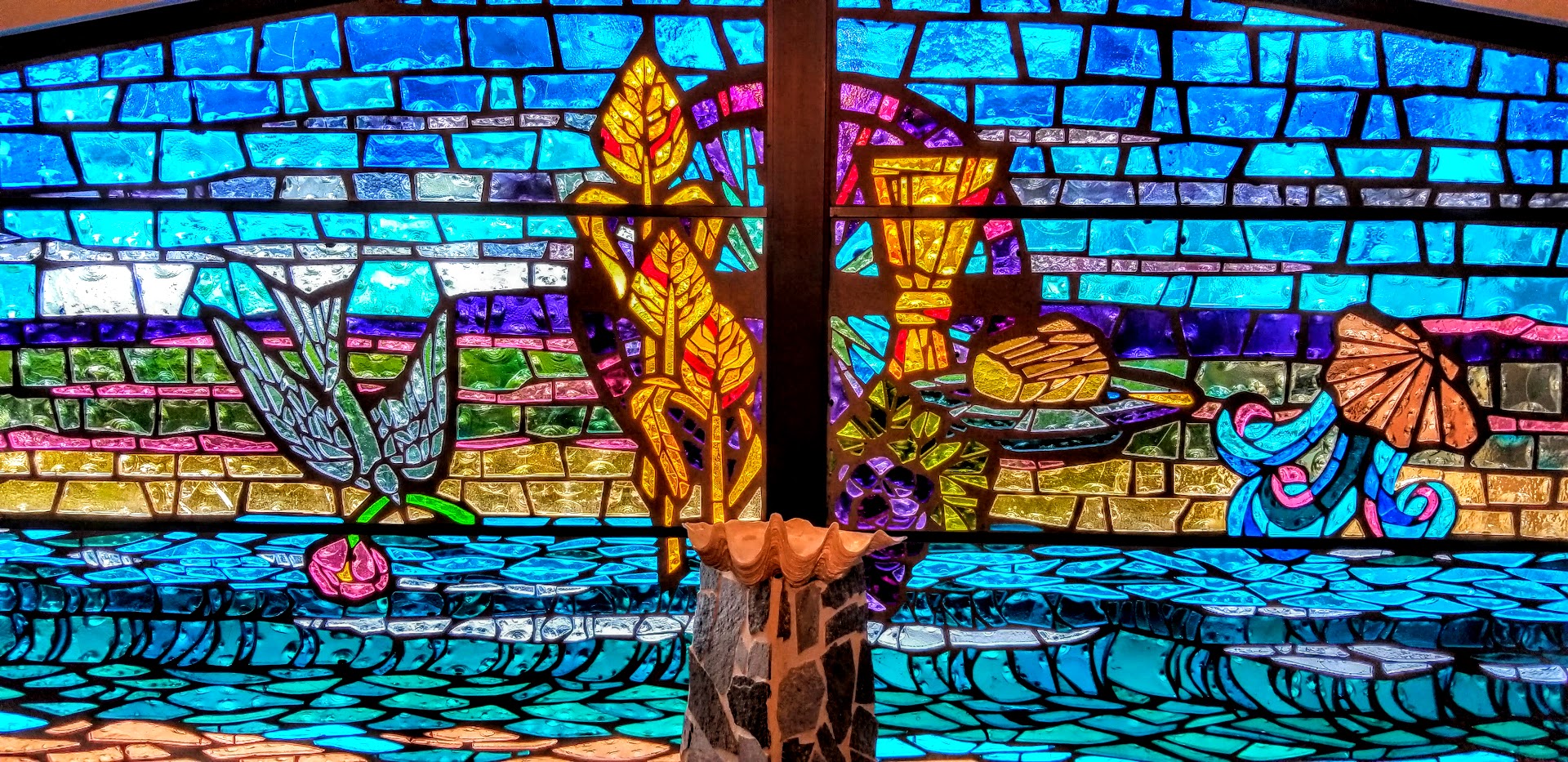Today we celebrate the Feast of the Assumption of the Blessed Virgin Mary. This significant feast day recalls the spiritual and physical departure of the mother of our Lord Jesus Christ from the earth, when both her soul and her body were taken into the presence of God.
The history of the feast is set In the third and early fourth centuries AD, when apocryphal (widely believed but not official) writings mused upon the Assumption of Mary. Then, in the fourth century, Bishop Epiphanius of Salamis wrote about the varying philosophies concerning the nature of the Virgin Mary’s death, identifying three factions of belief but remaining unable to establish a broad consensus. He concluded, “No one knows her end.” By the eighth century, an apocryphal text called the “Transitus Mariae” had become so generally accepted that John of Damascus was able to establish its storyline with the Catholic church as the official story from that point. Also in the eighth century, Pope Sergius I encouraged celebrations for the Feast of the Assumption, and Pope Leo IV confirmed the Feast as official.
